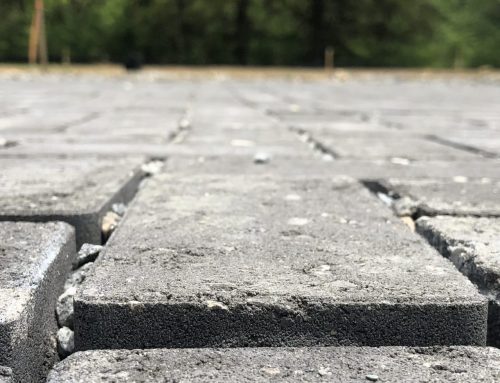The Center for Watershed Protection (CWP) recently released a progress report on the Conowingo Watershed Implementation Plan (CWIP) 2022-2023 Milestones. The CWIP is a collaboration of three states: Maryland, Pennsylvania and New York. Progress highlights include developing an implementation framework and strengthening partnerships with outreach to targeted watershed groups. Maryland committed $25 Million for CWIP implementation through a Pay-for-Success program that will be administered by the Susquehanna River Basin Commission. Pennsylvania allocated funding for the Clean Water Procurement program through PENNVEST and New York provided implementation funding to the Upper Susquehanna Coalition.
The CWIP outlines a comprehensive and cost-effective approach to reduce nutrient pollution flowing past the Conowingo Dam into the Chesapeake Bay by 6.7 million pounds per year. The Chesapeake Bay total maximum daily load (TMDL) for nitrogen, phosphorus and sediment is the largest ever developed by EPA, encompassing a 64,000-square-mile watershed. When the TMDL was developed over ten years ago, it was assumed that the Conowingo Dam functioned to trap nutrients, sediment, and other pollutants, reducing the amount of pollution reaching the Bay. More recent information shows that sediment has built up behind the dam and it is no longer able to trap any more sediment or other pollutants. The CWIP was developed to address the additional nutrient reduction needed to restore the Bay.
The final CWIP document was approved by the EPA Chesapeake Bay Program’s Principals Staff Committee in September 2021. CWP is a grantee funded by EPA to lead development of the CWIP and provide technical support to the CWIP Steering Committee. This role also includes developing and reporting on Two-Year milestones. The CWIP Steering Committee approved 2022/2023 milestones for CWIP implementation in January 2022. The milestones set goals associated with Capacity Building, Finance and Securing Funding, Fostering Innovation, Identifying and Building Partnerships, Pilot Project Development & Implementation, Outreach & Engagement, and Numeric Milestones.
A summary of the progress achieved towards the milestones in calendar year 2022 can be found in the Two Year Milestone Progress Summary. The CWIP Steering Committee website includes a link to the full progress report and CWIP document. In 2023, CWP will continue to assist the CWIP Steering Committee by distributing information regarding CWIP funding opportunities and hosting a webinar that explains the funding application processes. The Maryland Pay-for-Success and Pennsylvania Clean Water Procurement funding programs will be advertised in the coming months. The projects generated by these programs will assist with meeting the numeric load reduction goals for the first phase of implementation which extends to 2025.
For more information about the CWIP, contact Amanda Pollack (ahp at cwp dot org)






